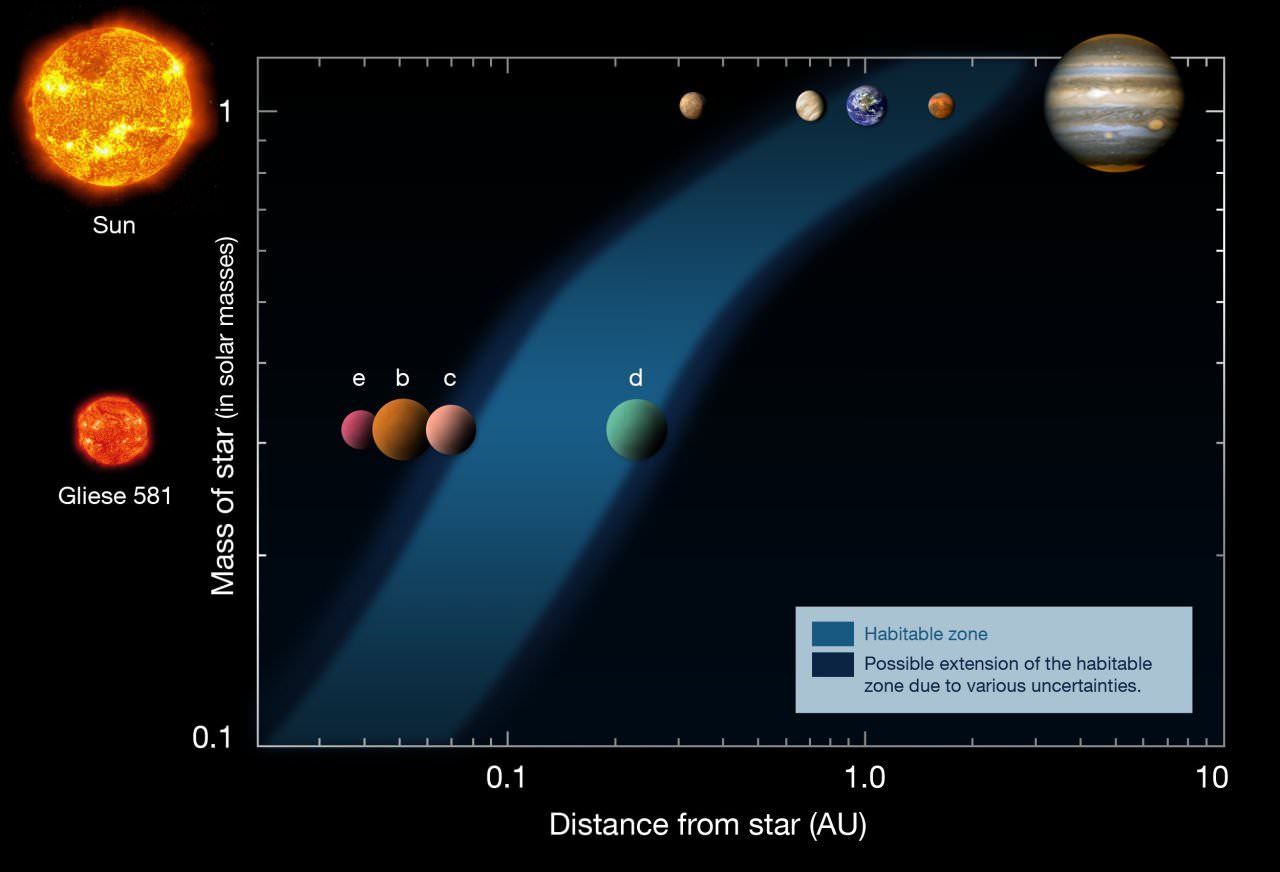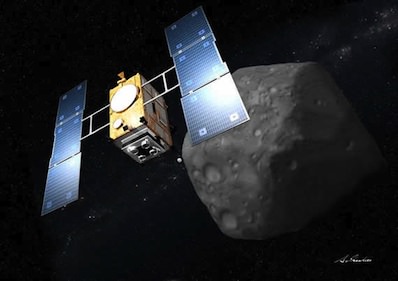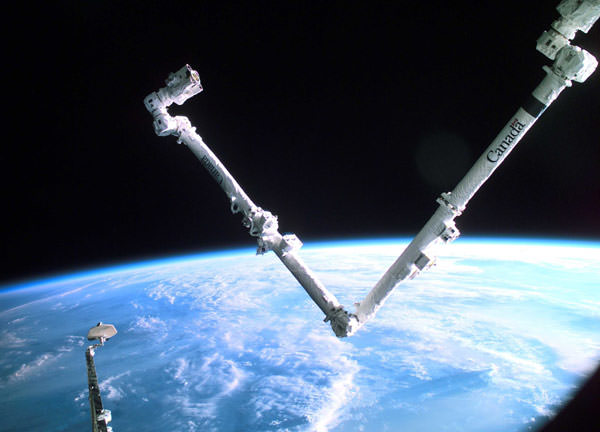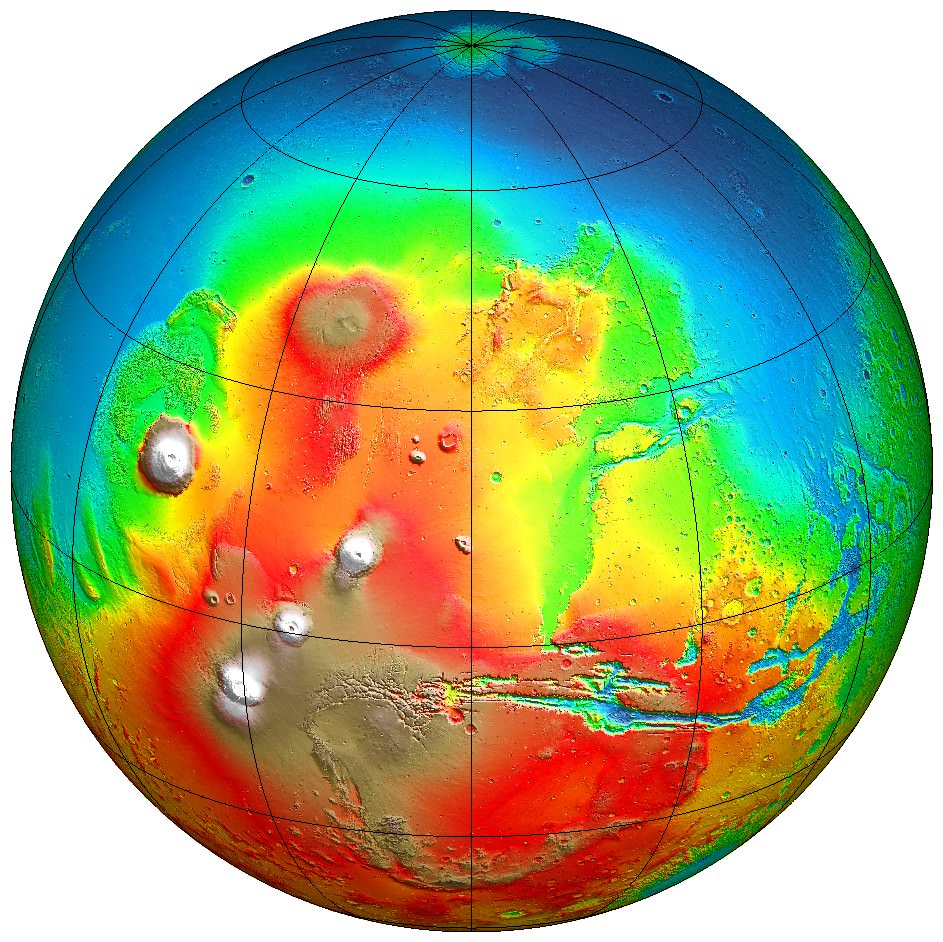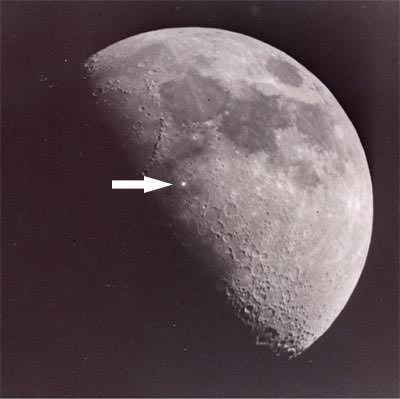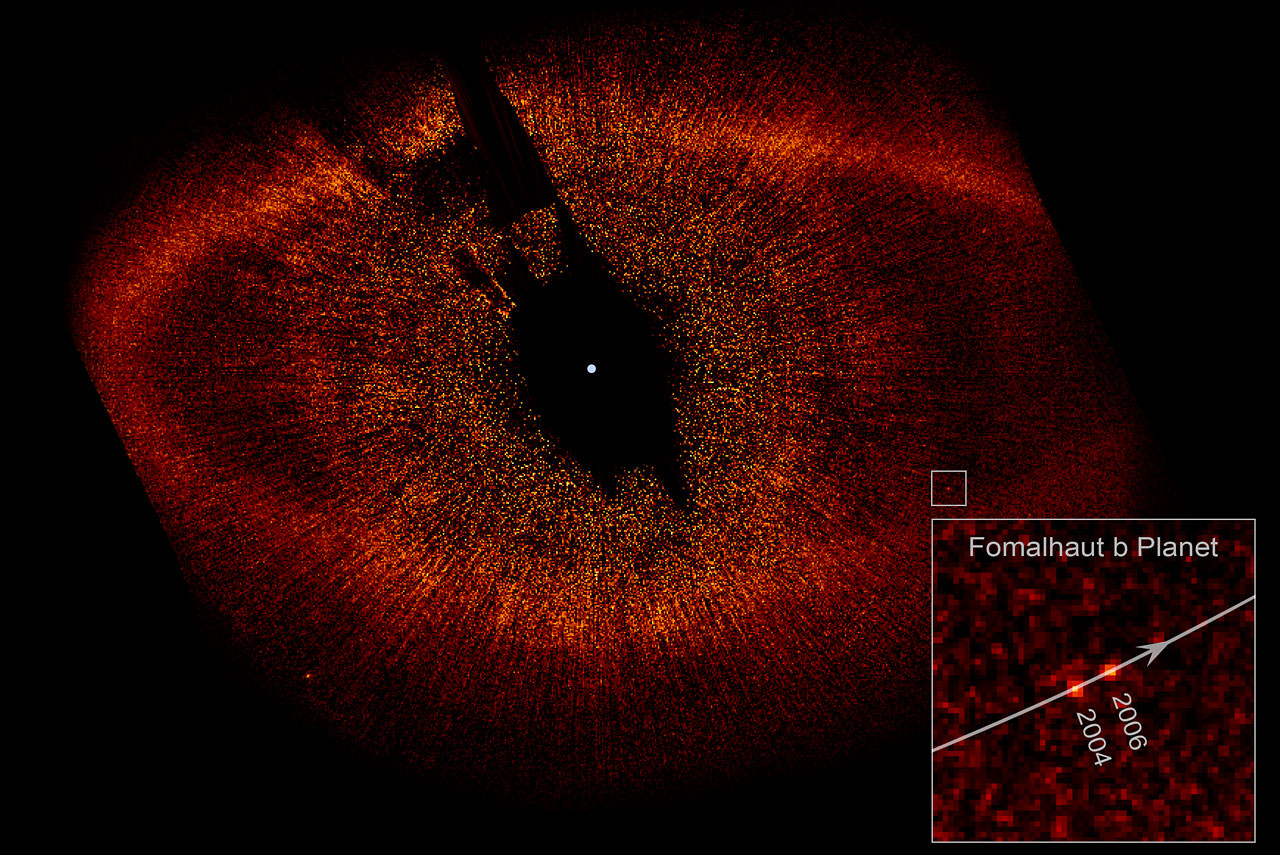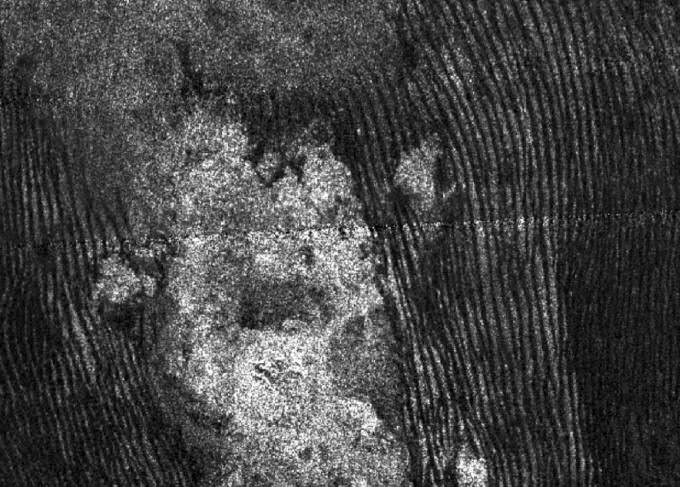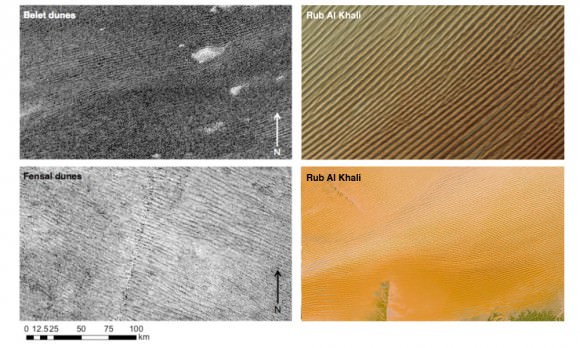[/caption]
Many of us remember playing pinball at the local arcade while growing up; it turns out that some stars like it as well. Binary stars can play tug-of-war with an unfortunate planet, flinging it into a wide orbit that allows it to be captured by first one star and then the other, in effect “bouncing” it between them before it is eventually flung out into deep space.
The new paper, by Nick Moeckel and Dimitri Veras of the University of Cambridge, will be published in a future issue of Monthly Notices of the Royal Astronomical Society.
The gravitational pull of large gas giant planets can affect the orbits of smaller planets; that scenario is thought to have occurred in our own solar system. In some cases, the smaller planet may be flung into a much wider orbit, perhaps even 100 times wider than Pluto’s. In the case of single stars, that’s normally how it ends. In a binary star system, however, the two stars may play a game of “cosmic pinball” with the poor planet first.
Moeckel and Dimitri conducted simulations of binary star systems, with two sun-like stars orbiting each other at distances between 250 and 1,000 times the distance of the Earth from the Sun. Each star had its own set of planets. The planetary systems would often become unstable, resulting in one of the planets being flung out, where it could be subsequently captured by the other star’s gravity. Since the new orbit around the second star would also tend to be quite wide, the planet would be vulnerable to recapture again by the first star. This could continue for a long time, and the simulations indicated that more than half of all planets initially ejected would get caught in this game of “cosmic pinball.”
In the end, some planets would settle back into an orbit around one of the stars, but the majority would escape both stars altogether, finally being flung out into deep space forever.
According to Moeckel, “Once a planet starts transitioning back and forth, it’s almost certainly at the beginning of a trip that will end in deep space.”
We are fortunate to live in a solar system where our planet is in a nice, stable orbit. For others out there who may not be so lucky, it would be like living through a disaster movie played out over eons.
The paper is available here.



